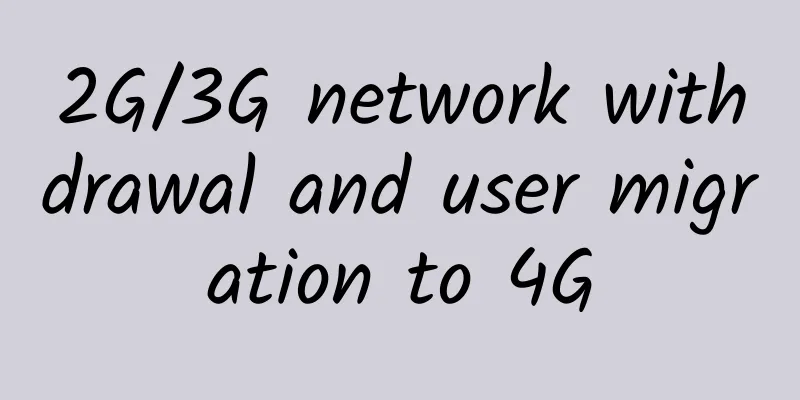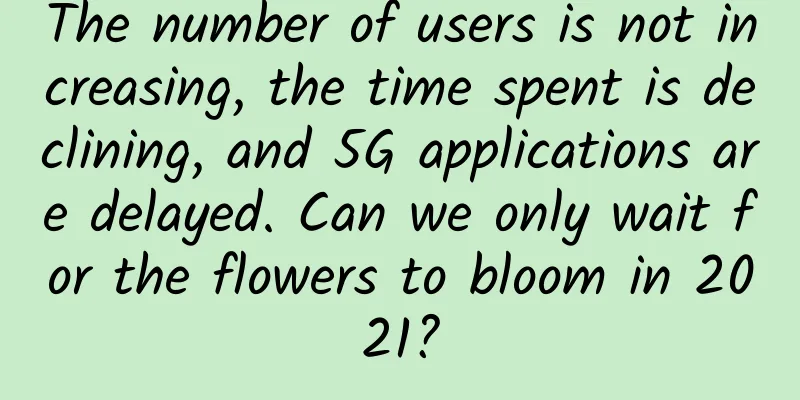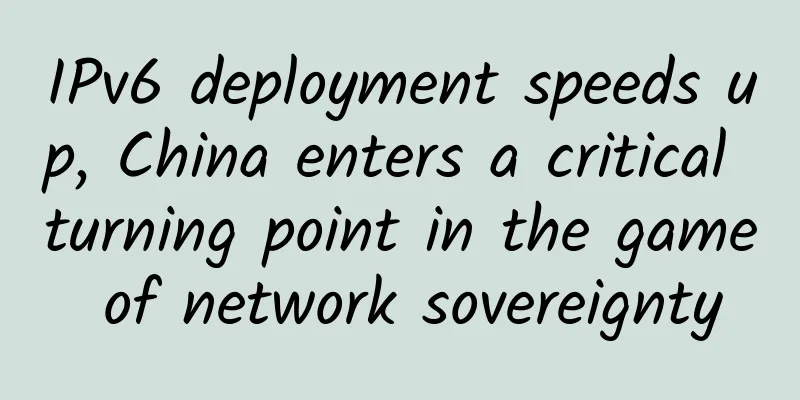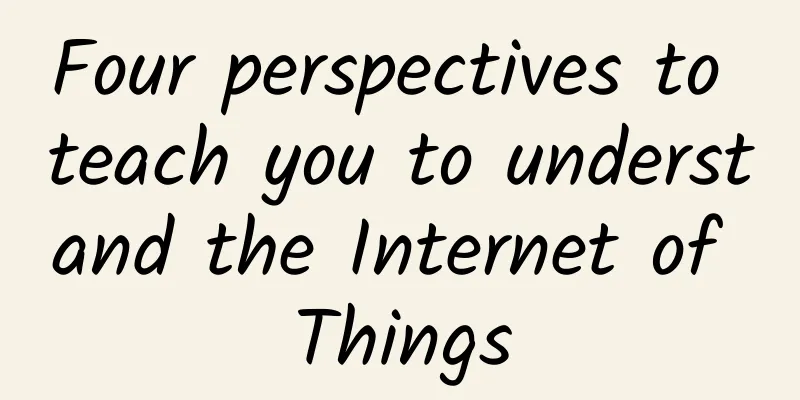2G/3G network withdrawal and user migration to 4G

|
Recently, Strategy Analytics analyzed the current 2G/3G network withdrawal trends and 4G user migration opportunities based on its free report "Low-Cost 4G Mobile Phones: Market Dynamics and Opportunities" and combined with the latest industry developments. 4G dominates the current mobile communications market According to the latest wireless market forecast by Strategy Analytics, at the beginning of this year, 2G and 3G users accounted for 46% of the total number of mobile users in the world, but contributed only 27% of the total global mobile revenue. By 2023, this revenue share will drop to 10%. Africa can be considered a special case. In this region, the ARPU value of each country is less than US$2, so there is limited room for operation to promote user migration through subsidies. However, Africa and other developing regions have also made good progress in promoting 4G services. For example, Airtel Africa’s 4G network expansion and “large packages” have driven users’ migration to 4G, significantly improving average data usage and data ARPU. In the past year, three-quarters of revenue growth came from data. In March 2020, the proportion of 4G among data users increased from 18% last year to 29%, and 4G revenue accounted for more than 60% of Airtel’s data revenue. 2G/3G network withdrawal process is in full swing Similar to Airtel, the main motivations for operators to drive users to migrate to 4G include: increasing revenue, improving spectrum efficiency, and reducing OPEX and CAPEX expenditures caused by multi-network operations. In addition, due to the deployment of 5G, the problems caused by multi-network operations have also been magnified, such as EMF restrictions and limited site or antenna space. More and more operators have released 2G/3G network withdrawal plans. Some countries in North America and Asia-Pacific are at the forefront of the global 2G/3G network withdrawal process. The 2G/3G network withdrawal process in other regions is also in full swing. For example, due to the disruptive impact of JIO, the Indian market has accelerated its shift to 4G. India's Airtel has shut down its 3G network in stages; VodafoneZiggo shut down 3G in the Netherlands in February; Telia and Telenor's joint venture in Denmark, TT-Netvaerket, will gradually phase out 3G from April 2021; and Vodafone's CTO also talked about shutting down 3G across Europe by 2022 at the recent Vodafone Business Analyst Conference. Migrating from 3G to 4G is relatively easy. It is easy for operators to convince users to switch from 3G smartphones to 4G smartphones. However, it is much more difficult to convince people with 2G feature phones to switch to 4G smartphones. The withdrawal of 2G networks usually requires a long preparation time, especially when it comes to the migration of 2G IoT services. In this case, operators may focus on shutting down 2G mobile phone services and only retain a thin 2G network to provide services for 2G residual IoT users. In Africa, it is also necessary to pay attention to the importance of 2G USSD functions to mobile payment services, which is an important source of income for some operators. Low-cost mobile phones are the key to accelerating user migration The final progress of the migration to 4G depends on the users who contribute the least to the operator's revenue. These low ARPU users are even sensitive to the price difference of less than $5 between 2G and 4G phones. If this price difference covers a wide range, it will be difficult for operators to subsidize. At an online roundtable meeting, Kaios VP Joyce Wang shared the successful experience of low-cost 4G smart feature phones. Strategy Analytics believes that 4G low-cost smart feature phones are an important factor in promoting the successful migration of users in developing regions. India's Reliance Jio launched the Jio Phone based on the Kaios operating system, successfully developing some of its competitors' 2G and 3G users into Jio's 4G users. This move also affected the 4G process in the Indian market. Influenced by it, Airtel shut down its 3G network and shifted resources to 4G. Here are a few more examples of operators working with terminal value chain partners to launch low-cost mobile phones: Thailand's True Move has seen a significant increase in market share in recent years, partly thanks to its True Smart series of cheap smartphones; in Indonesia, XL Axiata has introduced local electronics assemblers to produce Evercoss Xtream and other series of smartphones. Currently, 4G has dominated XL's data traffic. XL plans to vigorously optimize its spectrum portfolio in 2020 to match the downward trend of 23G traffic, gradually reduce 23G network capacity until it is shut down, and release spectrum for 4G use to meet the growing capacity demand of 4G networks. In addition to manufacturing, operators are also looking for other ways to reduce terminal costs. Although terminal subsidies are limited, we see that there are players in the industry chain willing to provide subsidies, such as the WizPhone WP006 subsidized by retailer Alfamart, which has reduced its price to US$7 in Indonesia; low-cost distribution strategies can enable operators to extend their business to more rural communities, such as MTN's light asset cooperation model in Nigeria, where partners in the distribution chain purchase and sell equipment, while MTN focuses on SIM cards; mobile phone loans are also an excellent way to increase affordability, which matches the growing trend of mobile money and microfinance in current developing markets. Kaios Joyce Wang also mentioned the mobile phone loan plan in her speech. All of these initiatives are being used to improve affordability for price-sensitive populations, which is necessary as the benefits of 2G and 3G networks are increasingly out of line with their costs and resource requirements. It is encouraging to see that more and more operators in Southeast Asia, Africa and Latin America have successfully found strategies to optimize network resource allocation for 4G and found ways to further promote 4G technology to price-sensitive populations. In developing countries, the government's tax reduction policy for mobile phones and services is also an important measure to reduce terminal costs and improve user affordability, including import tariffs and sales taxes. In addition to terminal prices, operators need to seriously consider that once a withdrawal schedule is formulated, they need to manage the user development strategy of 2G and 3G, including mobile phones and IoT terminals. In addition, the activation of VoLTE on 4G networks is an important prerequisite for 2G/3G withdrawal (of course, the default activation of VoLTE on the terminal side is also crucial). |
>>: How will the emergence of 5G affect AI federated learning?
Recommend
5G has yet to bring innovation in connectivity pricing
It is reported that unlike its predecessor, 5G ha...
5G+AR ushering in a new "blue ocean"
[[408334]] In recent years, the development of te...
Alibaba Cloud Procurement Season: ECS cloud servers start at 86 yuan/year, with coupons ranging from 50 to 1,600 yuan
At the beginning of the new year, Alibaba Cloud&#...
CCTV's Spring Festival Gala in the Year of the Ox will use "cloud" broadcasting for the first time
According to CCTV News Client, the first rehearsa...
SF Express's Liu Zhixin: Artificial intelligence helps logistics upgrade
[51CTO.com original article] On July 21-22, 2017,...
A new WiFi application enables 3D object imaging
Scientists at the Technical University of Munich ...
Six ways 5G can save the global supply chain
For decades, we’ve taken supply chains for grante...
Understand how HTTPS works
HTTPS, also known as HTTP over TLS. The predecess...
At the 2017 Asia Pacific CDN Annual Conference, Yunfan Accelerator was awarded the title of "Excellent Service Quality Enterprise"
On November 14, 2017, the 2017 Asia-Pacific CDN A...
Basic concepts and development prospects of Bluetooth Mesh protocol
Each device node in the Mesh network can send and...
What is SSH? A detailed explanation of the principle is enough to read this article!
SSH (Secure Shell) is a network security protocol...
Network protocols TCP and UDP
First of all, I want to emphasize that the TCP/IP...
5G+4K: This is how you can spend Valentine's Day this year
A sudden epidemic has plunged the whole country i...
Why is there no movement in China for the popular wireless mesh network?
The wireless mesh network that emerged in the sec...
The 6th SD-WAN & SASE Conference and Cloud Network Conference 2023 was successfully held
On November 25 , the 2023 6th SD-WAN & SASE C...









